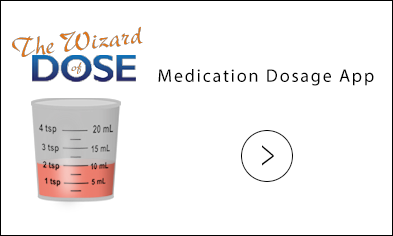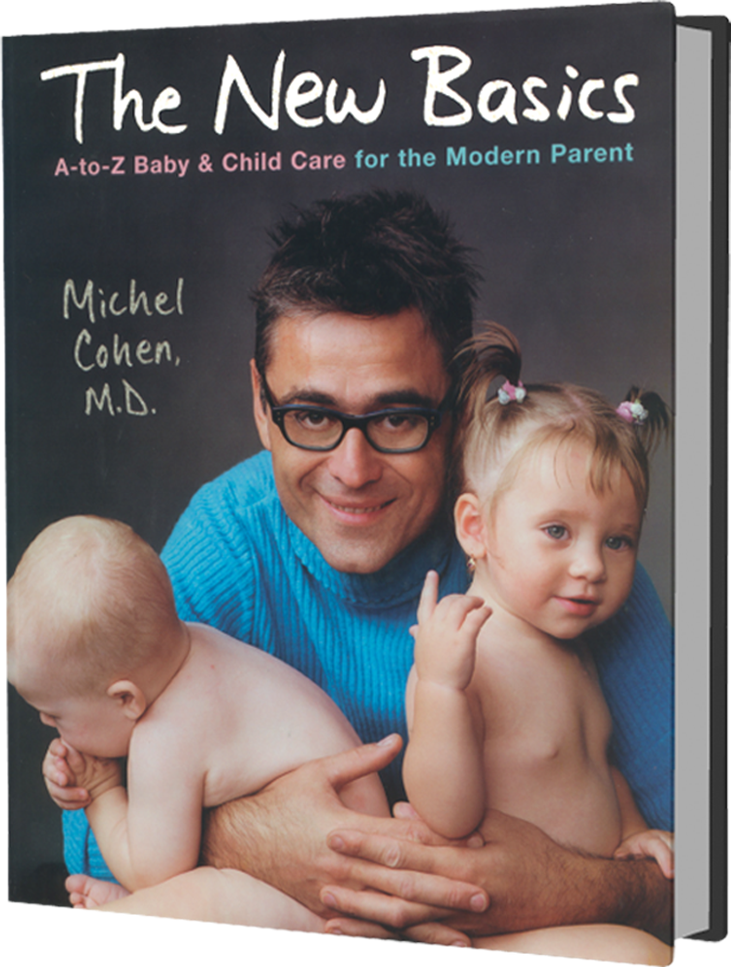
Colds
Get used to the idea that your little darling is going to have plenty of colds during the first few years. A cold is an infection of the nasal passages that is caused by any number of different types of viruses. These viruses induce inflammation of the mucous membranes, which then produce secretions and nasal redness. Other symptoms can include low-grade fever, decreased appetite, loose stools, and pinkeye.
Nasal congestion is very noticeable in infants. Lucy is lying down most of the time, so mucus accumulates in the back of her nose. When she’s awake, she doesn’t bother clearing her nose, as an older person would, by coughing, sneezing, or swallowing. Finally, the tininess of her nasal passages ensures that even a little blockage is clearly audible. All of this adds up to make Lucy’s cold look and sound pretty dramatic. But what seems dramatic to you isn’t necessarily traumatic for her. She can function just fine in the midst of a bad cold. She’ll probably have slight discomfort but will otherwise eat and rest normally.
In infants, a cold can be the start of bronchiolitis, a respiratory illness that mimics asthma’s effects, and shows up as a difficulty in breathing far worse than the nasal discomfort a normal cold causes [See: Bronchiolitis]. This requires medical attention.
In kids older than one year, after the danger of bronchiolitis has passed, colds produce more of an irritating cough, along with nasal congestion.
Colds have few complications, the most common one being ear infection, which would bring on increased fever, ear pain, or general discomfort in younger kids.
Cold Treatments Debunked
Colds are self-limiting; that is, the discomfort they cause only lasts for a couple of days even if the nose stays runny much longer. The best treatment option for a cold is just three words: Ride it out. This is important, because it will help you resist using “treatments” that not only don’t help but can make matters even worse. Here is a roundup of some common cold remedies and my assessments of their effectiveness:
- Nose drops push the mucus down the throat but only temporarily; there’s much more where that came from. These drops are also unpleasant for a baby’s nose. An aspirator is even worse [See: Nasal Aspirator].
- Propping up Lucy may harness the awesome power of gravity to drain mucus from her head. This effect is limited, however, by the fact that a propped-up baby will wiggle and slide down to the bottom of the crib sooner or later.
- Humidifiers and vaporizers make you feel proactive. Hissing and misting, they purport to loosen up the mucus, but as you know, the thickness of the mucus isn’t really the problem . . . it’s the quantity. And no amount of humidity can affect that [See: Humidifiers].
- Decongestants, which are all similar in nature, are generally useless. In the best scenario, they dry out the secretions for an hour or two, but as soon as the effects wear off, the mucus returns with a vengeance. These medicines also have potentially dangerous side effects (and in fact were taken off the market for children younger than 4 due to cases of death). You may not mind a little drowsiness at night, but reverse effects are very common, and they could keep Lucy awake and restless all night. My advice? Stay away, no matter how enticing the copy on the packaging makes these drugs sound.
- Acetaminophen and ibuprofen can help lower the fever, but since the fever is already low grade, there isn’t much to bring down. You could, however, use these to decrease your child’s overall discomfort.
- Alternative treatments: I haven’t seen anything in the health food store that makes a difference in regard to the prevention or treatment of cold symptoms. That includes echinacea, one of the all-time homeopathic favorites, as well as vitamin C.
Lingering Colds
Don’t expect to see Lucy’s nose drying out after a few days. You should get used to the idea that the mucus-secreting stage of a cold will last for a long, long time. Even after the virus itself disappears (and along with it, the attendant fever and discomfort), the irritation it caused will persist. And because there’s still mucus, there will still be coughing for two, three, sometimes even four weeks. This is not worrisome and does not indicate that the cold has turned into something worse.
Recurrent Colds
Sometimes, Lucy moves straight from one cold into another, and you may wonder if she has a weak immune system. But multiple colds are caused more by repetitive exposures than by increased susceptibility. This is especially true when children start day care, before they build up their immunities. It’s also typical of the second child, who’s exposed to every bug the first one brings home from school. The advantage is that the younger creature builds up her immunity much earlier than the first one.
Colds and . . .
Allergies
Colds are not allergies, even if they look alike. For starters, seasonal allergies take a few seasons to develop, so you rarely see them in kids under five. Second, they occur in late spring and early summer, which is the end of the common cold season. Nonseasonal allergies, such as those to foods and mold, are even rarer.
Mucus Color
Typically, colds produce secretions that start clear and, over time, turn yellow or green. No matter what you’ve heard, the color of the mucus has nothing to do with the severity of the illness. Although thick, green mucus is associated with rare cases of sinusitis in children, many colds lead to green mucus production without sinus involvement. The green mucus myth contributes largely to antibiotic resistance, because antibiotics are all too often prescribed solely on the basis of mucus color.
Teething
Teething does not cause cold symptoms, but cold symptoms worsen teething by adding to the general discomfort.
Diet
The myth persists that dairy foods somehow increase the production of mucus. This is not true. Mucus is produced by irritation related to your child’s virus, not by diet. The only grain of truth in this superstition springs from the fact that milk can be a little difficult for a sick child to digest because of its high fat content [See: Milk Cow’s]. Unfortunately, no specific foods—not even chicken soup—seem to help with cold prevention, let alone treatment. The same goes for vitamins C, D, E, and K, as well as zinc and selenium.
Contagion
After a couple of days of illness, a cold becomes much less contagious. Even though the nose is still running, the virus has moved on. In addition, colds are so widespread that avoiding them is impossible; don’t bother trying. As soon as Jimmy regains energy, he can and should resume normal daily activities without fear of imperiling other kids.




 MEDICATION DOSAGE
MEDICATION DOSAGE

